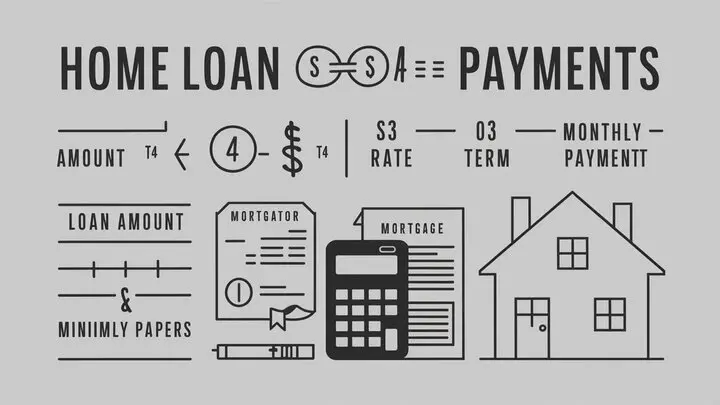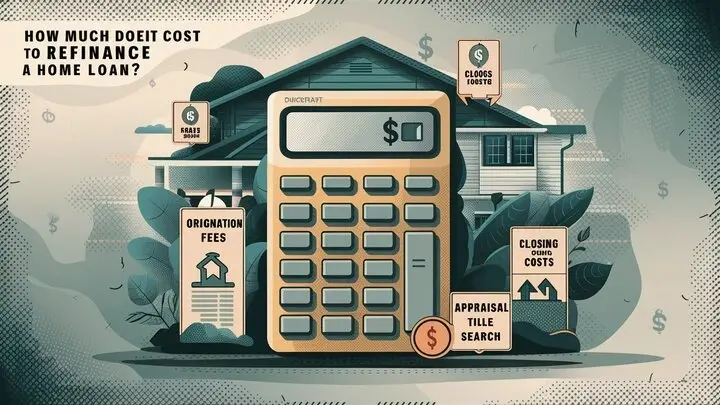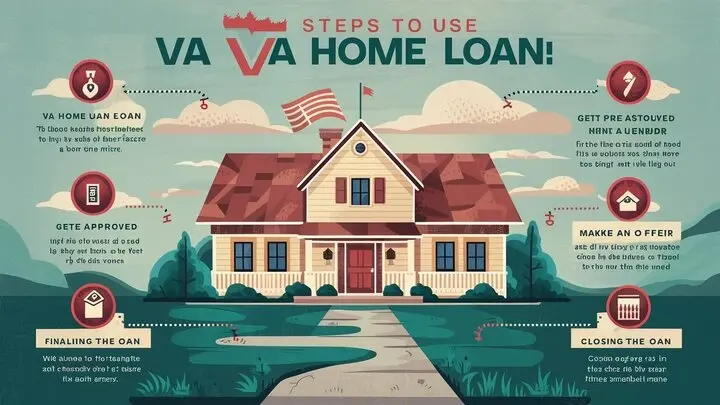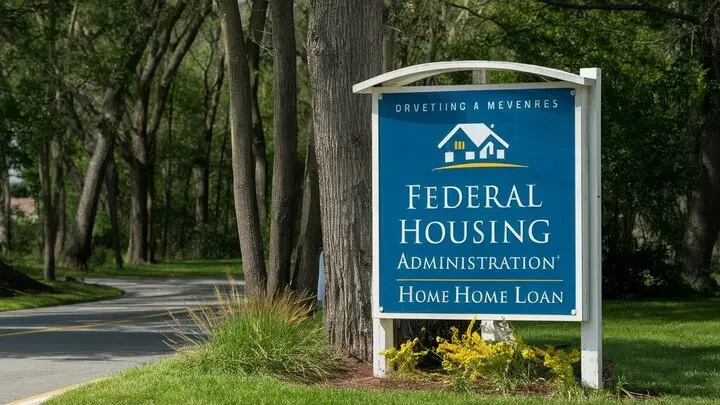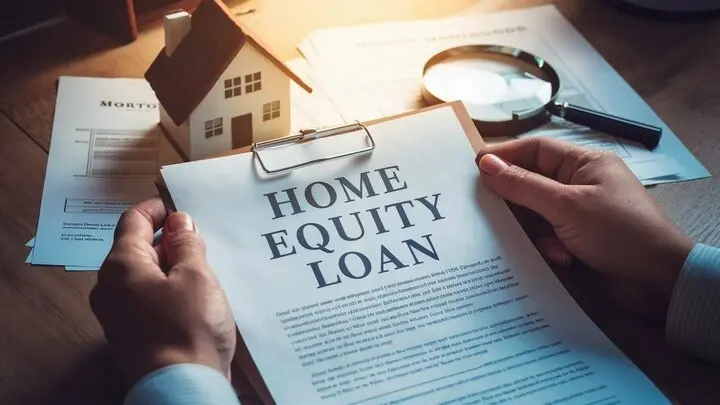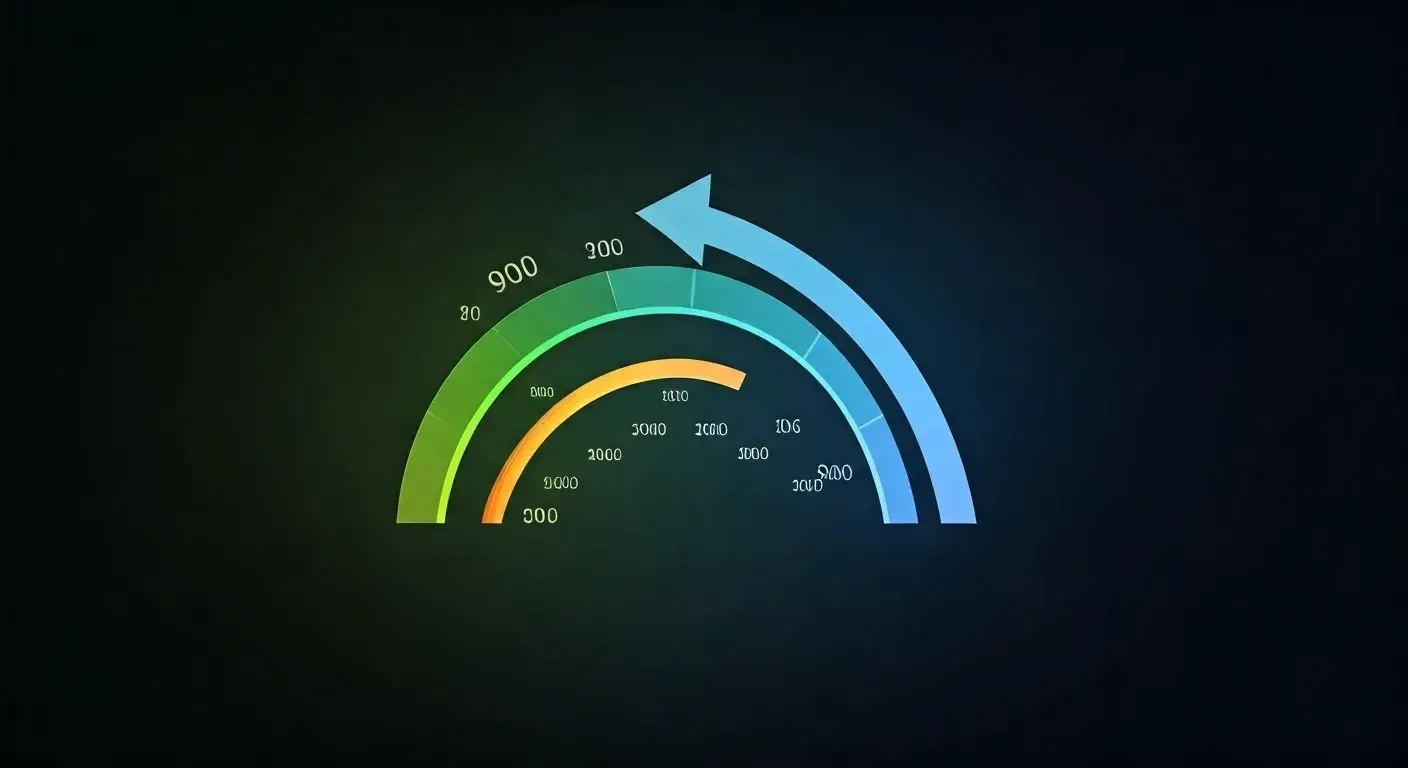-
Posted on: 23 Aug 2024
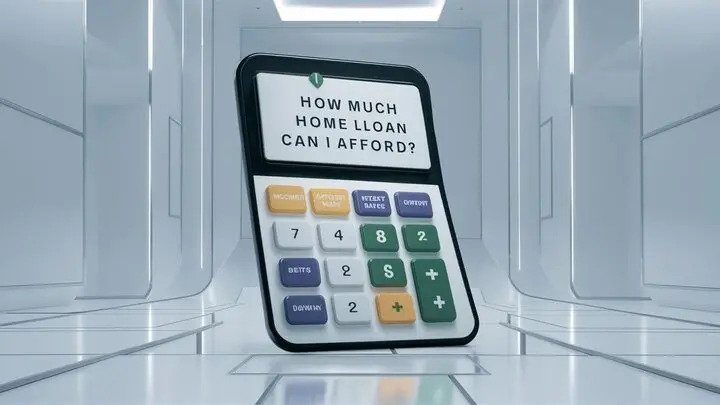
-
Purchasing a home is probably one of the most significant investments you are ever going to make in your lifetime. One of the most important things to establish before beginning the process of looking for a home or completing a mortgage application is how much home you can afford. This will help you avoid getting into too many businesses which can be financially draining to you. Below are some tips that can assist you in knowing your affordable home loan amount.
Assess Your Finances
The first step is to thoroughly assess your current financial situation, including
Income – Calculate your total gross income from your employment, bonuses, investments, and others; the lender can confirm this through your pay stubs, tax returns, and bank statements.
Debt - List all your current debts such as credit card, student loan, auto loan, etc., and include the minimum monthly payment.
Assets – Add up what you currently possess in terms of cash, savings, retirement plans, stock investment, etc. This provides a global view of your financial position.
Credit history – It is important to know your credit rating because this determines the interest on the mortgage that you can be charged. The best rates are offered for scores above 740.
Calculate Housing Expenses
Now that you know your finances, try to guess how much of your money you are currently spending on housing expenses per month. Loans/leases, property taxes, property insurance, association fees, utilities, and maintenance are among the requirements that should be met to pay for a house. It is from this baseline that one is in a position to establish what he or she is in a position to afford in the future.
It is important to adhere to the 28/36 rules of debt-to-income.
Most mortgage lenders follow two key ratios when approving loans:
1. 28% – The total of your monthly minimum payments on credit, the mortgage, and other obligations should not exceed 28 percent of your gross income per month.
2. 36% – Your total monthly debt payment should also not exceed 36% of your gross income per month.
These ratios help both you and lenders to avoid risking your income just for the sake of paying the monthly house costs and current debts.
Insert Varying Home Prices
It is now possible to enter various home purchase prices and observe the corresponding affordable loan options while the loan-to-income ratios range from 28% to 36%. Add the estimated monthly mortgage payment, based on a down payment, loan amount, interest rate, etc., to the expected property taxes, insurance, and other expenses.
For instance, if your limit is not to spend more than 28% of your monthly income on your debts, which is $2,000, then do not apply for a home that will cost you $2,500 in monthly mortgage payments. I would look at a couple of price examples to find out how high you can go.
Consider Down Payment Options
The amount of down payment you make determines the loan amount and the monthly installments that you make. It is desirable to put 20% down to achieve the lowest mortgage rates, avoid PMI, and have less expensive mortgage payments.
However, less than 20 percent remains commercially viable. Conventional loans allow down payments as low as 3% with private mortgage insurance. FHA loans only require 3.5% down for the loan amount. Use different down payment options in the process of determining your affordability. It is simply important to remember the comparative advantages of making a large deposit and paying slightly more or making a small deposit and paying slightly less.
Account for Closing Costs
While preparing your budget for buying a home, it is important to have a checklist for closing costs of home loans. This includes the origination fees, application fees, appraisal fees, and other similar charges. Closing costs are usually 2 to 5 percent of the total loan amount. Therefore, for a $200,000 loan, the fees might range from $4,000 to $10,000. Ensure that you have the required amount of savings for these initial costs of a mortgage.
Leave a Financial Cushion
The 28% and 36% ratios ensure affordability is not compromised however there should be room to maneuver. If you use your home equity to the maximum possible extent, it means you will have very little money left for any other expenses you may encounter in the future or for any increase in your standard of living. It may be wise to lower the coefficients for oneself to 25 and 30 percent for the basic financial margin.
In essence, when answering the often posed question of “How much home loan can I afford?” The following steps should be followed: Comprehensively evaluate mortgage situations to remain within the lender's acceptable limits of approval ratios. This helps you get a loan that will not put a lot of pressure on your financial situation as you make your payments. Thank you for reading and if there are any other questions about home buying or lending, don’t hesitate to contact me!
Don’t wait! Call (888) 803-7889 and take charge of your financial future today!
